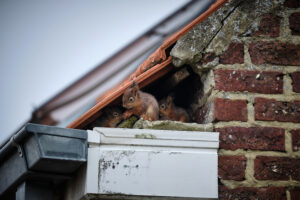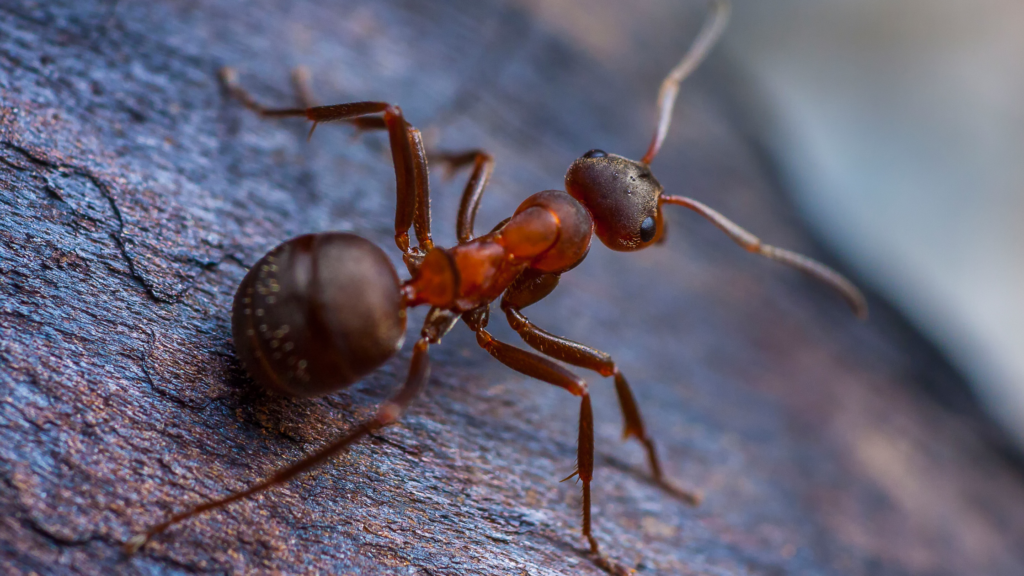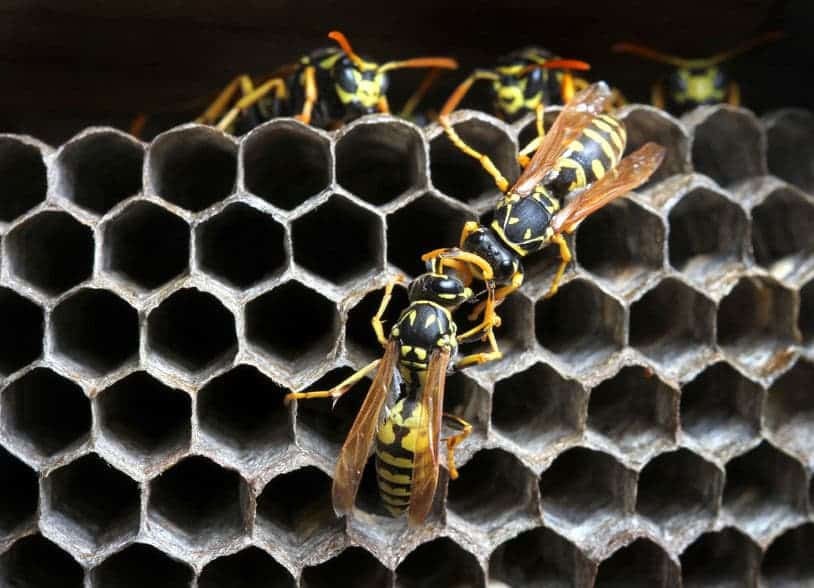Following wildlife removal best practices is essential no matter where you live. As residential areas continue expanding into wildlife habitats, critters are becoming more comfortable around humans. Those creatures are also discovering the benefits of hanging around residential areas. Accessible pet food and warm, dark spaces that are protected from the environment are just a couple of reasons why wildlife may move into your home or yard.
When living in Florida, here are a few common examples of animals that can get into your house:
- Mice
- Rats
- Snakes
- Bats
- Opossums
- Raccoons
- Squirrels
Depending on your experience with animals, seeing these critters in your home can be exciting, a nuisance, or downright terrifying. No matter what your personal feelings about different animals are, these animals pose significant health and safety hazards. For example, wildlife could expose your family to the following diseases:
These diseases aren’t just transmitted through bites, either. Exposure to animal droppings and parasites can cause a wide range of symptoms, including:
- Flu-like symptoms (fever, chills, muscle aches)
- Headaches
- Blurred vision
- Rashes
- Pneumonia
If these animals take up residence in your home or yard, you should take immediate action. In this blog, we’ll cover what you can do to safely respond to wildlife encounters in your home and how to protect your property against future unwelcome critters. Let’s get to it!
How Do I Get Rid of Unwanted Critters Safely?
The safest and quickest way to get rid of unwanted critters is to hire a professional. By working with a team of wildlife control experts—like those at Turner Pest Control—you have a much greater chance of removing unwelcome guests without sustaining injury. Here are some do’s and don’ts of responding to evidence of a wild animal in your home:
Do’s
- Do put distance between yourself and the animal.
- Do take pictures of evidence of the infestation, including what the animal looks like, droppings, and any damage they’ve done to the home if able.
- Call your local pest control service provider for instructions on what to do next.
Don’ts
- Don’t try to scare off or trap the animal yourself; this increases the risk of injury for you, your family, and the animal. Removing certain species also requires a specific nuisance wildlife permit, so engaging the animal yourself could become a legal issue.
- Don’t use flash photography when taking pictures of a wild animal—this could provoke it.
- Don’t ignore the signs of animal infestation. The longer critters are in your home, the greater chance they will reproduce, cause structural damage, and be a health hazard.
Remember, when you see a critter in your home, it is still a wild animal that could turn unpredictable at any moment, whether it looks cute or not. The best course of action is to create space between you and the animal and call for professional help.
How To Tell What Animal Is in My Wall, in My Attic, or under My Home?
You won’t always encounter an unwelcome wild animal walking across your kitchen floor; instead, you may discover signs like:
- Animal droppings (or their odorous smells)
- Scratch or bite marks on your floor or wall
- Chewed wires
- Scurrying or hissing sounds from within your walls, in your attic, or under your floorboards
- Discarded snake skin
If you notice any of these signs, it’s time to take action before those critters cause any more damage.

How To Keep Unwanted Animals Out of Your Yard and How Do You Keep Wild Animals Away from Your House?
Whether you’re trying to prevent your first invasion or a repeat encounter, you can combine at-home and professional solutions like repairing barriers and making your living space less appealing for wild animals. Here are some of our top tips:
- Patch up holes in your siding, attic, and crawl space to keep animals out.
- Cut your grass short, so you can spot animals—like snakes—easily and discourage their presence. Animals like to be able to hide from predators, so removing leaf and wood piles can also attract fewer critters.
- Use strong-smelling substances to drive away critters. You might be asking yourself: “Does ammonia keep animals away?” Yes, mixing ammonia with water can work to repel raccoons, deer, squirrels, and more. Other substances, like apple cider vinegar, can also keep away animals.
- Options for the best animal repellent for your yard also include planting certain vegetation. For example, lavender can help repel deer, fleas, moths, and mosquitoes. Just be sure to research what’s safe for your pets to be around, if you have any dogs or other four-legged family members at home.
Turner Pest Control: Wildlife Management for Before, During, and After
For pest control and prevention that lasts, trust the experts. At Turner Pest Control, our goal is to make your home safer and more pleasant by removing unwelcome wildlife and minimizing their chances of returning.
Wildlife removal can be a daunting and dangerous task when handled by yourself. With our customizable plans, we can combine sprays, baits, and traps to safely and efficiently remove critters from your home. We can also seal up entry points as part of our exclusionary services, which helps protect your home from future infestations.
READY TO TAKE BACK CONTROL OVER YOUR SPACE?
Contact us today to learn more about our pest control services for residential, rental, and commercial properties.



